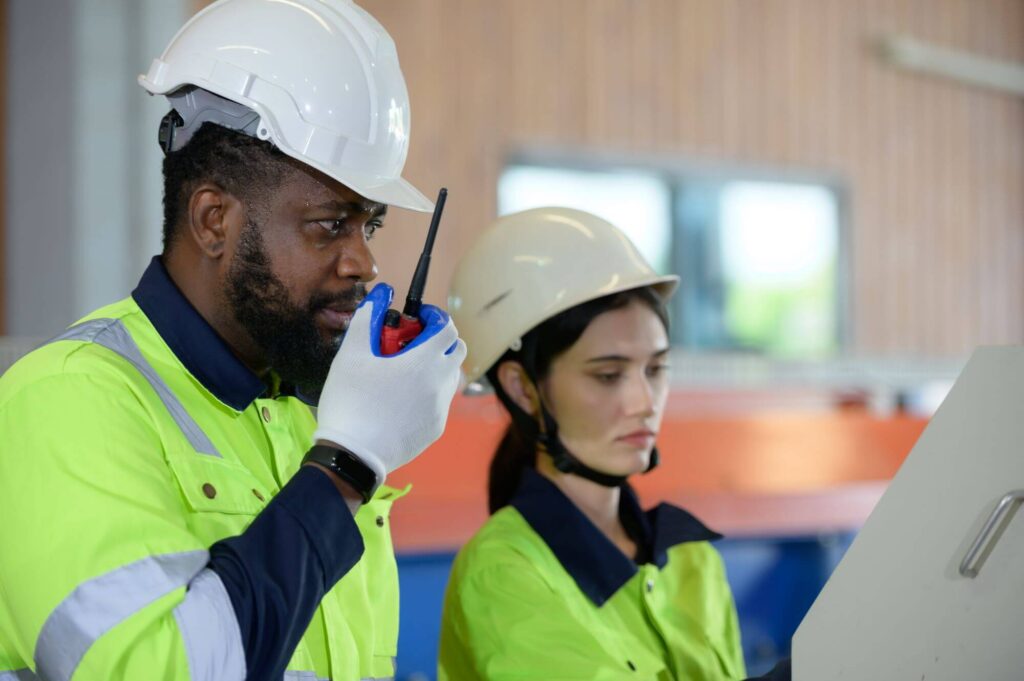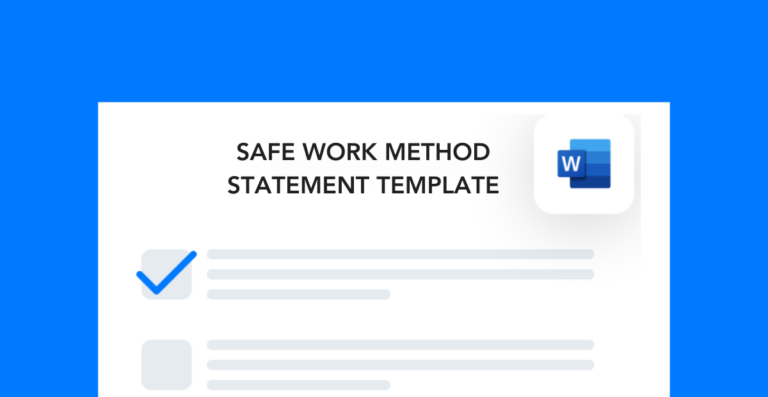Administrative controls are measures to eliminate health and safety hazards by changing practices in the workplace. Like all measures within the hierarchy of controls, these changes should help create a safer, more productive work environment. So, understanding the different types of administrative controls is essential if you want to make lasting improvements at your site.
Safety policies and procedures
Your workplace policies and procedures are not meant to be static. You must update them regularly to reflect the work that your team is doing.
For example, you might find that introducing a new piece of equipment triggers a change to the PPE requirements for a task. Or maybe you have a major incident onsite, and you change the procedures for a high-risk process.
These changes to your safety policies or procedures are critical controls to implement. Perform (at minimum) a semi-annual review of your safety documents to make sure all the job requirements line up with the safety hazards workers face.
Hazard safety training
One of the biggest types of administrative controls is conducting hazard-specific safety training. After all, you won’t be able to get rid of all the hazards within a process. That’s why it’s important to train your employees in how to spot and control them.
Your safety training program should also provide workers with information on how to report hazards to leadership. It’s unrealistic to expect that your EHS department will be able to find and fix all hazards on their own. Relying on the help of your workforce is not only great for reducing hazards, but it’s also great for boosting engagement within your EHS program.
Emergency response planning
Even if you execute your safety program perfectly, emergencies are always possible. That’s why having a detailed and effective emergency response plan is essential.
One thing to note is that your plan should be realistic for your site. Whether you’re following a generic template or writing a plan from scratch, consider how practical it is to execute. Ask yourself:
- Will adding this requirement make the plan more difficult to follow?
- Will this requirement improve the effectiveness of the plan?
- How likely is the team to follow this requirement?
Work area signage
A common theme between all the different types of administrative controls is that they’re based around communication. The warning signs and labels you post around your facility can greatly help communicate information about the hazards in each area.
Review your site’s signage and look for areas where information needs updating or replacing. And, if you record near misses (like I believe all companies should), then you can probably find a few instances where additional signage might have prevented an incident.
I’d recommend conducting monthly or bi-monthly audits of all the signage in and around your facility. As requirements change or signs wear out, you can replace them on a rolling basis so everything’s up to date.
Workplace communication strategy
In my experience, there are always ways that a team can improve communication. This is a crucial type of administrative control—as it directly impacts the outcome of audits, investigations, and other safety initiatives.
Here are some ways you can improve communication within your facility:
- Upgrading your incident management process to an EHS software platform
- Simplifying your organization so people can speak directly to other departments
- Publishing a weekly newsletter or email with important updates
- Implementing a radio or walkie talkie system (especially for large operations)

Site security systems
You’ll also want to look at your security systems and figure out how to prevent external hazards from entering the facility. Workplace violence, theft, and other security incidents are preventable with the right measures in place.
Here are some practices you might consider:
- Install security cameras throughout the building to monitor activity.
- Implement a badge scan sign-in system.
- Require contractors to sign into the facility.
- Restrict certain rooms or work areas by installing keypad locks.
- Require permits for highly hazardous work areas (hot work zones, chemical reactors, etc.)
Just remember that these different types of administrative controls are the second least effective at controlling safety hazards. Make sure you’re implementing engineering controls and eliminating hazards where possible. After all, the less dangerous your facility is, the fewer controls you’ll need.




